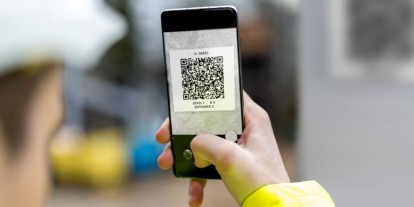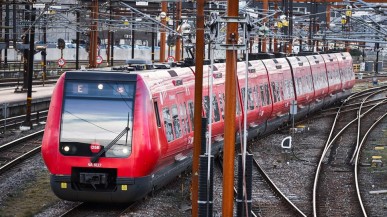Zigurat Global Institute of Technology
Blog / Disruptive Technologies
Transport and urban mobility after Covid19 confinement
Categories
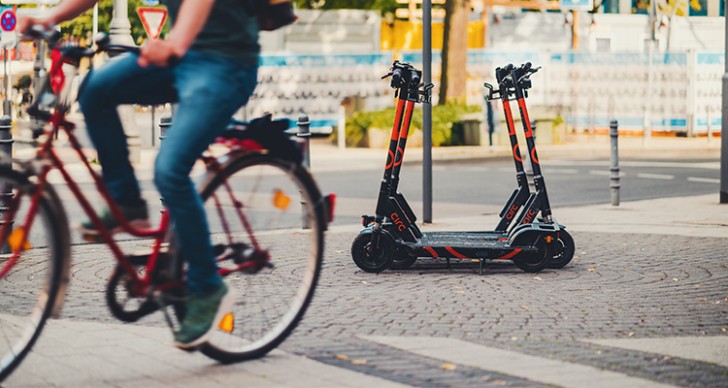
Eduard J Alvarez-Palau, professor of Master’s in Global Smart City Management, dedicates today’s post to innovative solutions in urban mobility after Covid19 and what developments we can expect mid-term.
The pandemic caused by Covid19 has raised unthinkable scenarios in terms of urban mobility. The lockdown imposed by nation-states of the most developed world countries caused a dramatic drop in the number of cars and people moving around. Personal shopping and leisure (including exercise) journeys shrank, but it’s the occupational commuting that plummeted altogether. Not to mention international tourism, congresses, and business meetings with most of the airports shut down. The only bastion still in operation within the transport sector were goods, especially those of first need, including food and medicines shipped by road. Recent scientific reports have shown significant improvements in urban pollution during this period, which is yet to be finalized, but boosting important debates about the post-crisis mobility scenario. Some of Europe's major metropolises, such as London, Paris, Milan, or Barcelona, have rushed to implement measures to prevent an uptick in the use of private cars once the new normal will be restored. While it is true that private vehicles protect more from the risk of contagion, high levels of urban pollution might have facilitated the spread of the virus. Because of that, measures to increase urban toll quotas, to segregate new bike lanes, to expand sidewalks, to increase public transport frequencies, or to eliminate parking space; are being implemented among other measures. Beyond public space and public management policies, however, it is reasonable to think that smart city technologies can also help provide innovative solutions to this uncertain scenario. Here are some things to consider that may be crucial in the mid-term:
1. Reduced urban mobility due to telework
Facing a hypothetical scenario of limited virus expansion with small bounces repeating over time, there will be a permanent reduction in the number of trips per person per day. Companies ready to implement teleworking will give their employees more flexibility, and other companies will implement labour shifts to reduce the occupancy of their headquarters. The same can happen with school equipment from September onwards. Therefore, the post-confinement mobility scenario will, apparently, be more moderated in terms of number of required trips.
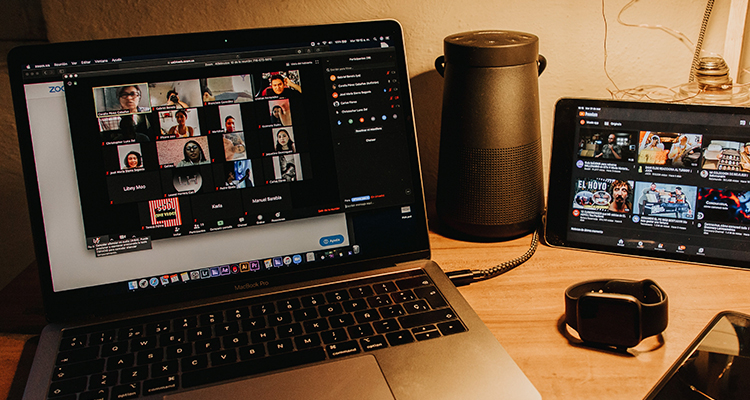 Telework (via ZOOM)
Telework (via ZOOM)2. Modernization of Passenger Information Systems (PIS)
The stoppage of travellers and expeditions has created an excellent timing to adapt transport fleets to the new needs of society. A transport company fleet without scheduled routes, route maps, automatic vehicle location, and systems to provide the user with the actual location and arrival time of the next vehicle should already be adapted. Especially since capacity limitations require this information to manage the potential demand of users.
3. Online ticket purchase and advance booking systems
Intercity transport systems have always been characterized by a slightly different operation than urban systems. When there is no high frequency between circulations, the user can buy tickets in advance and book a seat on the vehicles. This allows for better fleet management, with alternative cars being able to unfold routes if necessary. The same operation can be provisionally implemented to urban transport systems in order to make trips by bus, train, metro or tram, ensuring an occupancy below the vehicle’s capacity.
 Travel Card
Travel Card4. Emergence of new MaaS service providers
Regardless of the willingness of public administrations to bet on public transport systems at the expense of individual vehicles, the truth is that the private sector is constantly innovating in terms of urban mobility. Mobility as a Service has been among us for a long time, having achieved significant modal and user quotas. Restrictions on motorized private vehicles and the lack of capacity of public transport may well end up benefiting such micro-mobility initiatives (scooters, motorbikes, bicycles or shared cars); where the property gives way to pay-as-you-go systems.
5. Transport services aggregators
The proliferation of MaaS initiatives offers many transport options to urban users, however, it is not comfortable to have an account in each of them, with our personal and banking data. This has led to initiatives, such as RACC CityTrips, that function as platform aggregators and allow users to manage all their accounts in a unified manner, and therefore in a much more convenient way.
6. Intermodal urban transport route calculators
In recent years, the proliferation of GPS navigators has been outstanding. Nowadays it is inconceivable to plan an unusual route without a GPS telling us the best route to follow and even adapting the route dynamically based on real time traffic conditions. However, in the current scenario, cost and time, the usual parameters minimized by such algorithms may not be sufficient. New initiatives, such as CORE MaaS, have emerged with the vision to maximize the social distance of all the stages of travel that compose a journey.
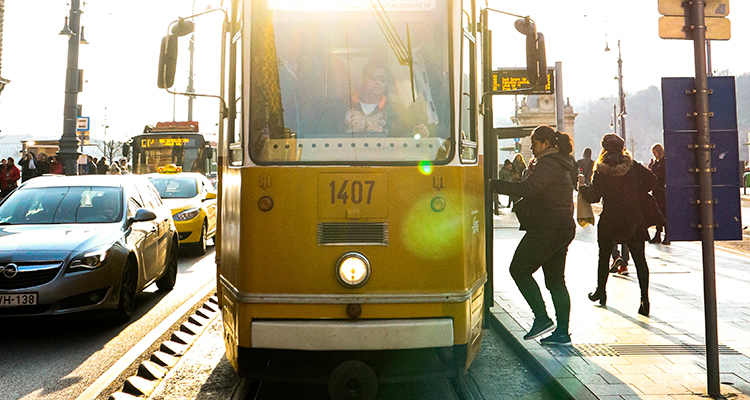 Public transport
Public transport7. Data collected in real time for public use
Both private companies and public authorities offering transportation services are constantly collecting data from their daily operations, including origin-destination relationships of their users. Currently, this information is aggregated and marketed to large database managers, however, cities have begun to see the need to set up public data banks and to manage their networks in real time to become more efficient.
8. Online purchasing: home delivery and click & collect
Beyond personal mobility, the delivery of goods is gaining momentum. Since the beginning of confinement, more and more people have opted for online shopping, choosing either home delivery or direct pick-up in stores (click&collect). These systems allow to minimize the number of people on the street, but also rambling in shops and supermarkets. An upward trend of this type of service is expected, and greater regulation by local administrations is necessary to ensure its operation, as well as the sustainability and the safety of citizens. Eduard J Alvarez-Palau, Lecturer at Universitat Oberta de Catalunya (UOC)



